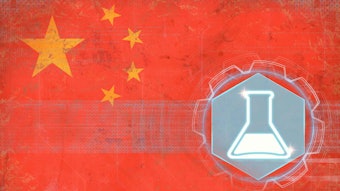One of the challenges in developing antiaging products is to inhibit the oxidative damages caused by free radicals. Free radicals can damage cellular genetic material, causing changes in the cell’s proliferative and biosynthetic capacity and resulting in aging of the organism.1–3 Free radicals can be inhibited by molecules that present antioxidant activity. These molecules have reducing activity; they are able to donate electrons to the free radical in a way that neutralizes its unpaired electron, eliminating its reactivity.
The development of new cosmetic products presenting antioxidant activity will be essential for the fight against aging. Today, the most frequently used antioxidants are ascorbic acid (vitamin C) and α-tocopherol (vitamin E). However, exploration of Earth’s vegetal biodiversity is uncovering new plant materials. It is of great importance not only to find new materials with anti- oxidant potential but also to use a standard methodology to determine how much potential each of those materials has for use in the fight against aging.
This article discusses one of those methodologies—called Total Antioxidant Status or TAS—and illustrates its use in evaluating the antioxidant potential of an extract from the fruit of a Brazilian palm tree—the açaí.










